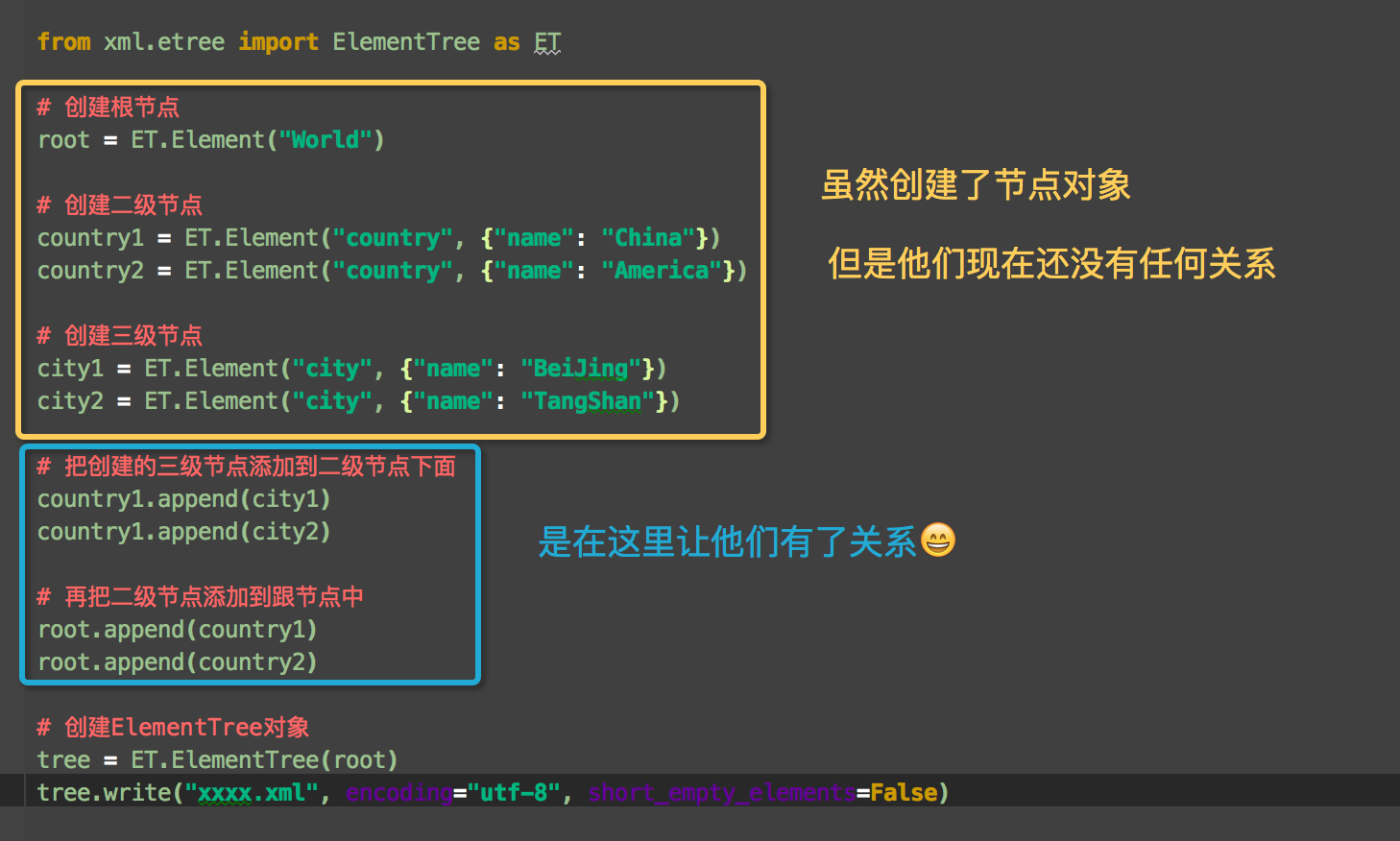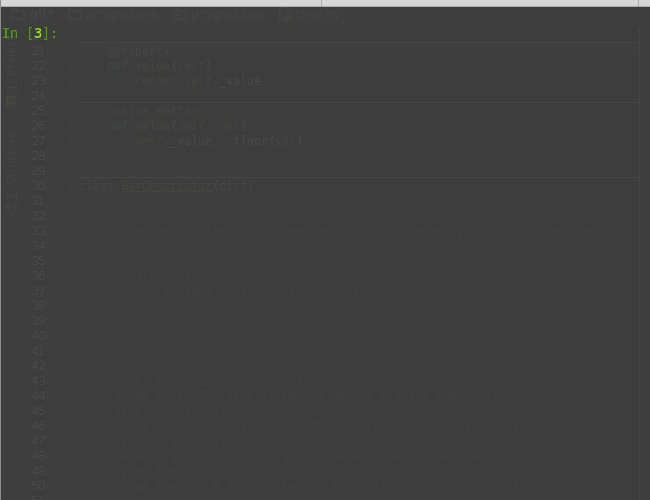1
2
3
4
5
6
7
8
9
10
11
12
13
14
15
16
17
18
19
20
21
22
23
24
25
26
27
28
29
30
31
32
33
34
35
36
37
38
39
40
41
42
43
44
45
46
47
48
49
50
51
52
53
54
55
56
57
58
59
60
61
62
63
64
65
66
67
68
69
70
71
72
73
74
75
76
| l = [34, 16, 78, 2, 34, 56, 5]
for i in range(len(l)-1):
print('------' * 9)
print('待操作的列表--->', l, '操作索引--->', i)
print('------' * 9)
for j in range(i+1, len(l)):
print(l[i], l[j])
if l[i] > l[j]:
print('调换位置%s, %s' %(l[j], l[i]))
l[i], l[j] = l[j], l[i]
print('调换完位置的列表--->', l)
print(l)
------------
------------------------------------------------------
待操作的列表---> [34, 16, 78, 2, 34, 56, 5] 操作索引---> 0
------------------------------------------------------
34 16
调换位置16, 34
调换完位置的列表---> [16, 34, 78, 2, 34, 56, 5]
16 78
16 2
调换位置2, 16
调换完位置的列表---> [2, 34, 78, 16, 34, 56, 5]
2 34
2 56
2 5
------------------------------------------------------
待操作的列表---> [2, 34, 78, 16, 34, 56, 5] 操作索引---> 1
------------------------------------------------------
34 78
34 16
调换位置16, 34
调换完位置的列表---> [2, 16, 78, 34, 34, 56, 5]
16 34
16 56
16 5
调换位置5, 16
调换完位置的列表---> [2, 5, 78, 34, 34, 56, 16]
------------------------------------------------------
待操作的列表---> [2, 5, 78, 34, 34, 56, 16] 操作索引---> 2
------------------------------------------------------
78 34
调换位置34, 78
调换完位置的列表---> [2, 5, 34, 78, 34, 56, 16]
34 34
34 56
34 16
调换位置16, 34
调换完位置的列表---> [2, 5, 16, 78, 34, 56, 34]
------------------------------------------------------
待操作的列表---> [2, 5, 16, 78, 34, 56, 34] 操作索引---> 3
------------------------------------------------------
78 34
调换位置34, 78
调换完位置的列表---> [2, 5, 16, 34, 78, 56, 34]
34 56
34 34
------------------------------------------------------
待操作的列表---> [2, 5, 16, 34, 78, 56, 34] 操作索引---> 4
------------------------------------------------------
78 56
调换位置56, 78
调换完位置的列表---> [2, 5, 16, 34, 56, 78, 34]
56 34
调换位置34, 56
调换完位置的列表---> [2, 5, 16, 34, 34, 78, 56]
------------------------------------------------------
待操作的列表---> [2, 5, 16, 34, 34, 78, 56] 操作索引---> 5
------------------------------------------------------
78 56
调换位置56, 78
调换完位置的列表---> [2, 5, 16, 34, 34, 56, 78]
[2, 5, 16, 34, 34, 56, 78]
|


